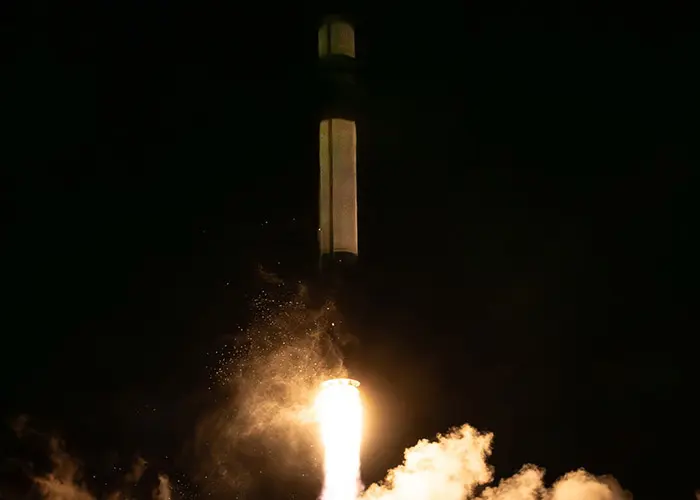
NASA’s PREFIRE (Polar Radiant Energy in the Far-InfraRed Experiment) mission swung into gear on the weekend when a Rocket Lab Electron rocket carried the first of two PREFIRE cubesats into space after a successful launch from the Launch Complex 1 in Māhia, New Zealand, at 7:41 p.m. NZST (5:41 p.m. EDT) on Saturday.
The climate satellites will study heat emissions at Earth’s poles, measuring the amount of heat Earth radiates into space from two poles. PREFIRE data will help researchers better predict how Earth’s ice, seas, and weather will change in a warming world.
Ground controllers successfully established communications with the cubesat five hours after its launch. The second PREFIRE cubesat will set off on another Electron rocket from Māhia in the coming days. Following a 30-day checkout period during which engineers and scientists will ensure both cubesats are working normally, the mission is expected to operate for ten months.
“NASA’s innovative PREFIRE mission will fill a gap in our understanding of the Earth system and provide our scientists a detailed picture of how Earth’s polar regions influence how much energy our planet absorbs and releases,” said NASA’s Karen St. Germain. “This will improve prediction of sea ice loss, ice sheet melt, and sea level rise, creating a better understanding of how our planet’s system will change in the coming years.”
The Earth’s energy budget, the balance between incoming heat energy from the Sun and the outgoing heat given off by the planet, is at the heart of the PREFIRE mission. The difference between the two determines the planet’s temperature and climate. Much of the heat radiated from the Arctic and Antarctica is emitted as far-infrared radiation, but there is currently no detailed measurement of this type of energy.
The atmosphere’s water vapour content, along with the presence, structure, and composition of clouds, influences the amount of far-infrared radiation that escapes into space from Earth’s poles. Data collected from PREFIRE will inform researchers where and when far-infrared energy radiates into space from the Arctic and Antarctic environments.
The cubesats carry a thermal infrared spectrometer, which uses specially shaped mirrors and sensors to measure infrared wavelengths. Miniaturising the instruments to fit on cubesats necessitated downsizing some parts while scaling up other components.
NASA’s Launch Services Program, based out of the agency’s Kennedy Space Center in Florida, is providing the launch service in partnership with NASA’s Earth System Science Pathfinder Program as part of the agency’s Venture-class Acquisition of Dedicated and Rideshare launch services contract.
The PREFIRE mission was jointly developed by NASA and the University of Wisconsin-Madison. NASA JPL manages the mission for the agency’s Science Mission Directorate and provided the spectrometers. Blue Canyon Technologies built the cubesats, and the University of Wisconsin-Madison will process the data the instruments collect.





